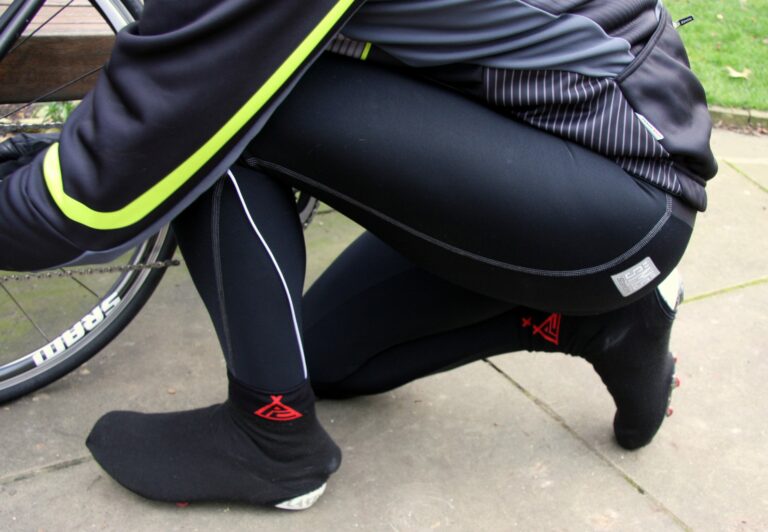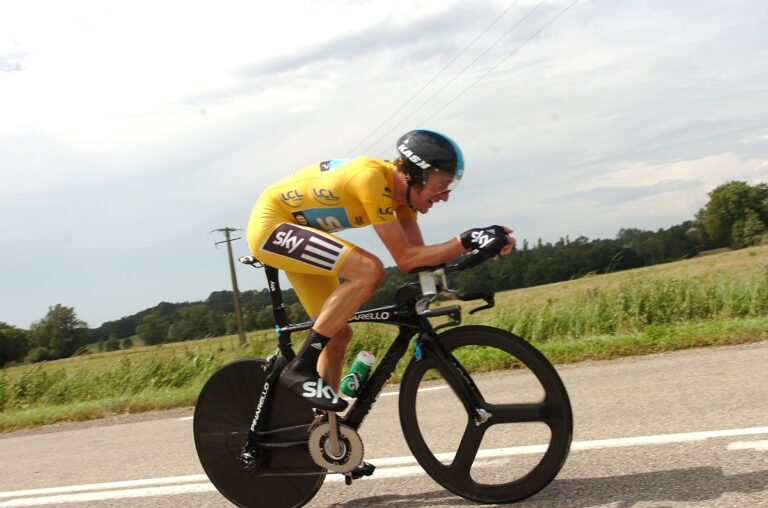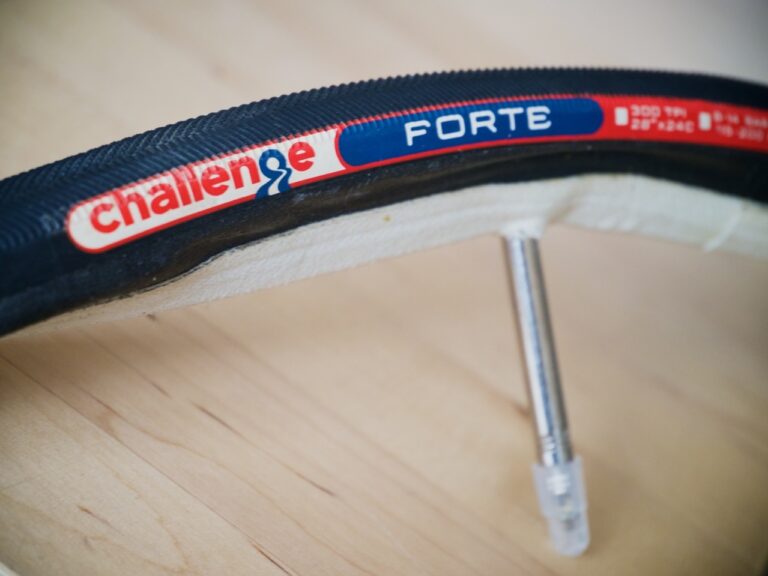November is the nadir of the cycling season.
Summer is long gone and the final days of autumn are quickly disappearing. The clocks have gone back, the mornings are gloomy, the evenings pitch black by five o’ clock, the first snow has fallen and there’s only the prospect of the long, hard winter ahead.
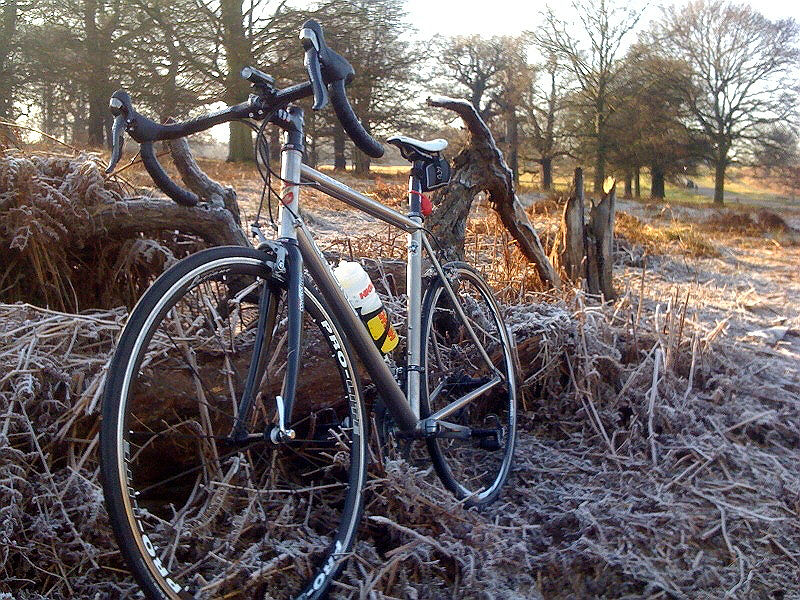
This November has, admittedly, been far more palatable than recent years. Truly cold days have been few and far between and temperatures remain mild on the whole – but it’s difficult to escape the foreboding sense of doom that winter proper is on its way.
So here are ten tips to help you through the winter months.
Ride in a group
The winter cyclist has many enemies. Rain, wind, snow. Dreary mornings, dark nights. The alluring excess of Christmas.
Riding in a group means that, should you back out of a ride for an extra hour under the duvet, you’re not just letting yourself down, but your riding buddies also. But let’s not play the blame game. Riding in a group is often more fun – or at least more sociable – and that could clinch the deal in providing the extra ounce of motivation required to get out on the road.
Always take lights
The sun barely rises above the horizon on the darkest days of winter and, combined with overcast conditions or rain, can make visibility poor – so always take lights. The compact, easily attachable and affordable lights from Knog and Lezyne are ideal. They sit inconspicuously on your handlebars, put out enough light to attract a driver’s attention and, on any of the flashing modes at least, have enough battery life to run for hours.
Meanwhile, unless your a pro rider, training rides in daylight will normally be limited to the weekends, so don’t be scared of the dark. Invest in some serious lights and head out after hours to get the miles in over winter. Here’s our lights buyer’s guide.
Mix it up
Pro riders are taking there first tentative steps towards the 2013 season, blowing out the cobwebs after a couple of well-earned weeks of the bike – and many have swapped slick tyres for knobblies.
Ivan Basso, Matt Brammeier and Ian Bibby have all posted pictures of themselves mountain biking on Twitter, while Jens Voigt has been riding over a bed of fallen leaves on his cyclo-cross bike.
Winter is a chance to mix it up. It’s all cycling, after all, and, while road riding may be depressing when it’s raining and the roads are covered in muck, thrashing a mountain bike about on muddy trails is great fun. Or if you can’t face two wheels at all, winter is a great time to slip on a pair of trainers to go running. Here our guide.
Set a goal
With little else to focus the mind, having a tangible goal gives you something to work towards – a reason to head out on the bike when the weather’s bleak, knowing that you’ll reap the rewards when your goal becomes reality.
So set yourself a goal for 2013. Ride your first sportive, join a club, complete a century ride, tackle the Etape du Tour, go cyclo-touring, complete a training camp – there’s plenty to get excited about. Me? I’m going to start racing.
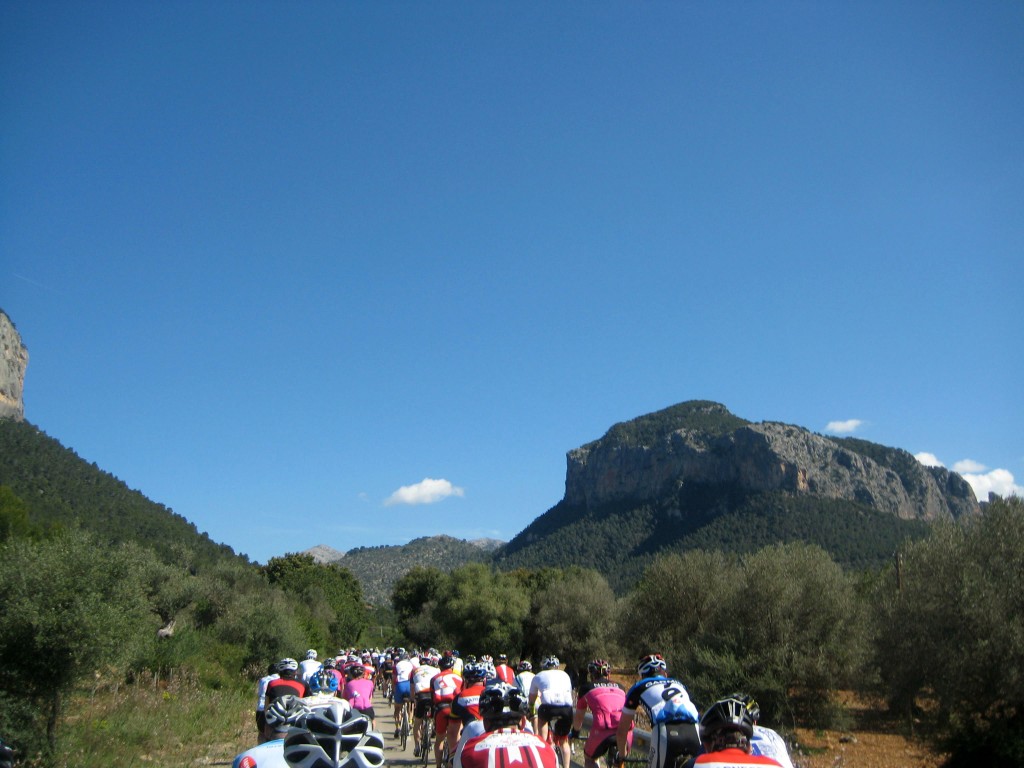
Winterproof your bike
Most cyclists with more than one steed in the stable will have put away the ‘best bike’ for winter and pulled out a machine which is undoubtedly heavier and more cumbersome, but one which is, ultimately, reliable and able to withstand anything that’s thrown at it. The winter bike.
But if you’re a one-bike rider, there are steps you can take to winterproof your machine and protect it from the wet and salty roads which cause more wear and tear on your pride and joy.
Mudguards are the defining feature of a winter bike. Riding in the wet is no fun at all, but getting soaked through to your skin from the spray kicked up from your tyres is even less fun. Plus it’s sociable if you’re riding in a group – no-one wants to sit behind a rider without mudguards on filthy wet roads.
Mudguards can be retro-fitted to any bike, with various clip-on style mudguards suitable for road bikes without the clearance for traditional, full-length ‘guards.
Otherwise, wheels should to be tougher than your usual summer choice, while tyres should offer more grip and puncture protection. Wider tyres, say 25mm, will also be more comfortable. Also, fit a couple of bottle cages to stay hydrated on long winter training rides.
Maintenance
A winter bike still needs some TLC to protect it against worsening weather conditions, and the road salt, rain water and dirt that comes with it.
Clean you bike – here’s how – ensure cables are lubricated and regularly check the chain to ensure quiet, clean and precise shifting. We recently caught up with mechanic Jon Hayes of independent bike shop Ride to learn more about how to keep your bike running smoothly through winter.
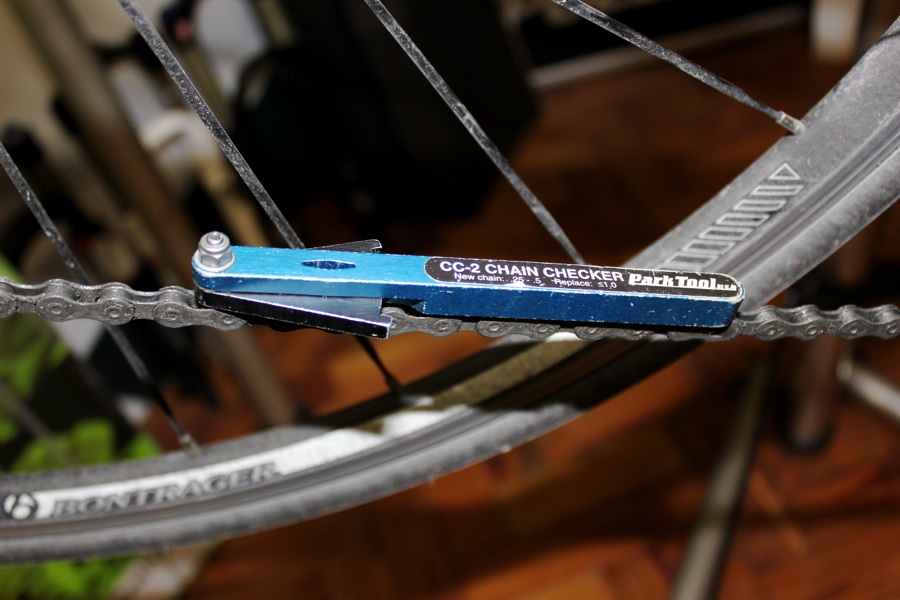
Riding technique
Riding in the rain is part of the British cycling experience year-round, not just in winter, so accept the fact that, at one point or another, you’re going to get wet. More important, however, is the need to tweak your riding style to ensure you stay upright.
Avoid riding, and certainly turning, on wet road paint or manhole covers, beware of the slick leaf litter which is currently spread across the roads, and choose a smooth line through corners. Err on the side of caution, slow down to a sensible speed in good time and head on safely through the bend. Here’s our more in-depth guide to riding in the wet.
Worse still; when the temperature drops low enough, rain will, of course, fall as snow, and ice will form on the roads. Stick to treated roads, avoid shady parts of the road where ice is more likely to fork, stay out of the gutter and take it easy on the brakes. Or have a day off. Check out our six tips for riding when there’s snow and ice about.
Check the weather forecast
A given at any time of year, but more important in winter when getting caught out in poor conditions has more uncomfortable consequences. The weather forecast can be notoriously unreliable but it will give you a good idea of the temperature and can prove a reasonable indicator of when to except rain, snow and ice.
If heading out on an early morning ride, check the weather forecast the night before and prepare your kit as appropriate. Sure, you could spend all week waiting for the perfect weather window, but this is the British winter so you’ll be waiting a while, so check the forecast, be prepared and make good use of the fine winter days we do have.
Wrap up
There’s no such thing as bad weather, just bad clothing, as the old saying goes.
If you have any hope of riding through winter then you will want to invest in some serious winter clothing. Luckily, there’s plenty of it about, at a range of price points. The latest base layers, jerseys, jackets, bib tights, gloves and overshoes make winter riding much more bearable.
It’s all about layering. Each layer traps air between it and the next, keeping you warmer, and a high quality wicking base garment will transport perspiration away from your skin to the next layer in turn to deal with.
There are no hard and fast rules to layering – and sometimes you will get it wrong – but three layers is, in our experience, optimum for cold winter conditions. But experience counts so get out on the bike and see what works for you.
Put your feet up
In spite of all that, there will be days when the weather is just too grim, or motivation too low. What have you go to prove? Know when your defeated, put your feet up and have a day off. Just don’t do it too often.

